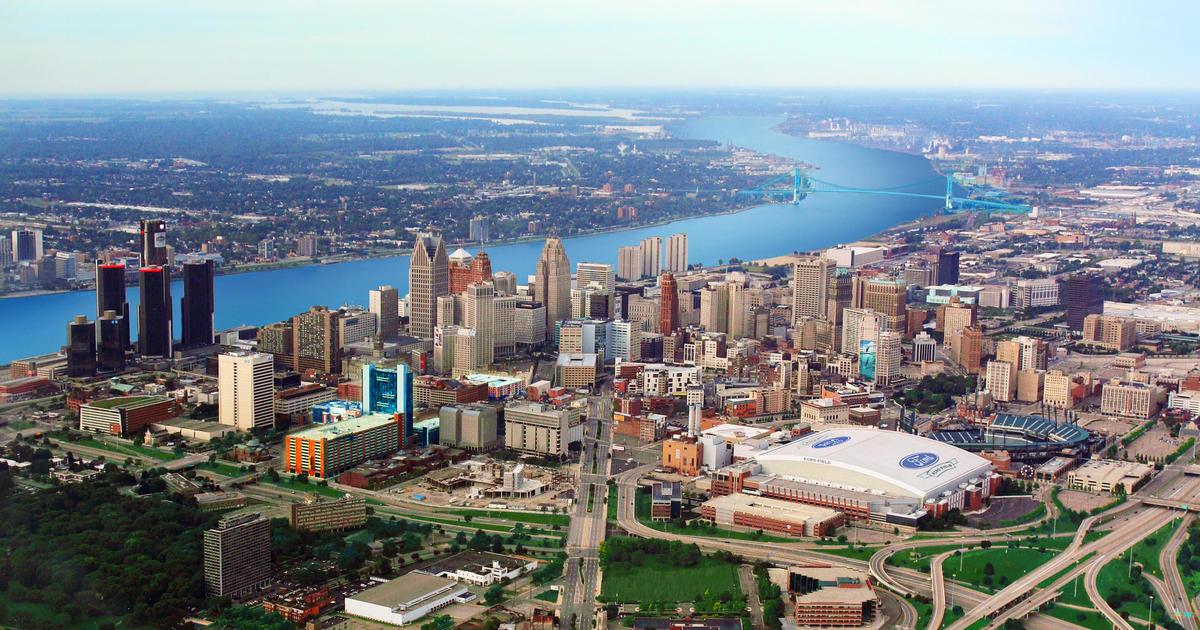Client Wins From December 17-19
Arotech Gets Simulator Deal With LSU: The Royal Oak-based Realtime Technologies Inc. business unit of the Training and Simulation Divison of Ann Arbor-based Arotech Corp. (Nasdaq: ARTX) said last week that it had been selected an advanced motion-based vehicle simulator to the Louisiana State University Department of Civil and Environmental Engineering. LSU is part of a team of researchers that make up The Gulf Coast Research Center for Evacuation and Transportation Resiliency. The center is focused on Evacuation and Transportation Resiliency in an effort to address the multitude of issues that impact transportation processes under emergency conditions such as evacuation and other types of major events. This area of research also addresses the need to develop and maintain the ability of transportation systems to economically, efficiently, and safely respond to the changing demands that may be placed upon them. Realtime Technologies is providing a full cab 1-DOF motion base research vehicle simulator. The motion base will consist of a circular path that rotates about a horizontal axis located 60 inch from the motion path (basically a circular path on the circumference of a 60 inch radius circle) This causes the driver to sense a combined pitching motion and forward/rearward motion. Other unique features of the simulator include a wrap-around segmented screens with high-resolution visuals. Realtime Technologies will also provide its unique and powerful "SimVista" (scenario development tools) along with "SimCreator" (core vehicle simulation software) and "SimSimulator" (high fidelity vehicle model) for the University's varied human factors research needs. Other key components are the scenario control subsystem that includes autonomous traffic simulation, scripted events, relational behaviors and environmental controls. This subsystem also collects data and performs measurement functions of the simulator for research analysis. The visual subsystem handles all real time visual rendering processes, including animated and static objects in the scene. This makes what the driver sees out the window seem very realistic. The visual component is able to render VRML or OpenFlight databases in real time. The audio software and hardware provide audio cues to match what the driver would expect under the conditions being simulated. Synthesized sounds include engine, wind, tire whine, and noise from other vehicles.
(c) 2010, WWJ Newsradio 950. All rights reserved.



